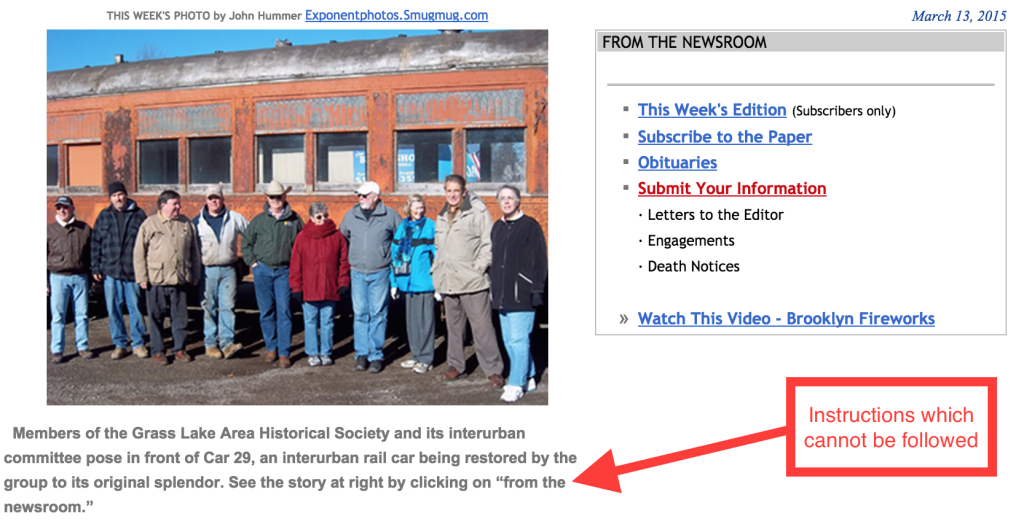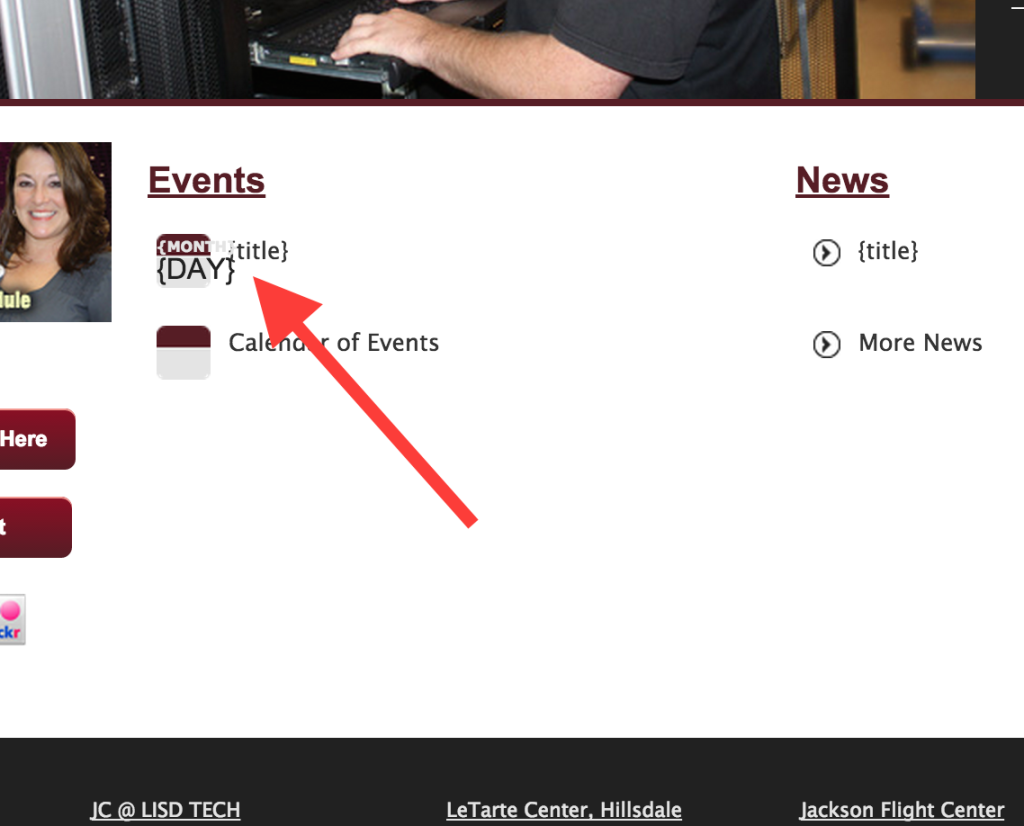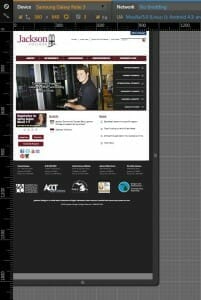Thank you for requesting an analysis of www.thedomesticengineer.org We’ve completed our hands on, thorough review and here are all the problems, issues and opportunities that we found:
1. Performance issues
A fast loading site is extremely important these days. Site visitors and search engines expect sites to load quickly and to be able to navigate to subsequent pages without unnecessary wait times. It has been proven that visitors to sites will; visit more pages, interact with more features and even purchase more products on faster sites. In addition, many search engines, including Google, tend to rank faster loading sites higher in their search results.
The theexponent.com website is experiencing serious load time issues. Our tests showed that the website’s load time is 3.1 seconds and its Pingdom score is 71. These numbers indicate that your site is significantly slower than most other websites to the point where users are being negatively affected. Improving this metric will certainly increase user engagement and positively impact both conversion rates and search engine rankings.
To facilitate better load times, we would recommend; reviewing your choice for a hosting solution, implementing multiple levels of caching, reducing the number of images, utilizing a CDN and minifying, and concatenating scripts and stylesheets. If you have questions about any of these, please let us know.
Further reading:
2. Accessibility issues
Users with disabilities view websites differently by using devices such as screen readers. Unfortunately your site is poorly equipped to support such devices and as a result, visitors using several alternative viewing methods will be unable to access and engage with your content. We strongly recommend taking steps to address accessibility. Contact us if you would like to learn more about this.
3. Navigation confusion
Clear, consistent, intuitive navigation is critical for any website. Theexponent.com demonstrated a number of issues relating to navigation and general confusion about where to find relevant information. The screenshot below demonstrates a call to action that confused us and is certainly confusing other visitors. We would recommend an audit of your content and your site’s analytics which would generate a report on the content visitors are actively seeking on your site as well as the ways they are engaging with the content. This information would be used to determine the optimal navigational structure for improving end user experience.
4. Text embedded in images
Years ago we used tools like Photoshop to present artistically styled, aesthetically appealing text on web pages. It was standard practice to create and present images containing text on a site. Today, advancements in website creation tools and web browsers provide more effective options. Now text can be placed on web pages and then styled to present the same visual end product but without requiring the use of images.
Throughout the theexponent.com website, there are numerous instances where text is embedded within an image (for example, the main menu navigation links). Here are a few reasons why it is NEVER a good idea to embed text inside images:
- Text inside images cannot be read by search engines and as a result, no SEO value is added to the page
- Images slow down the loading of your site
- People with disabilities using devices such as screen readers will not be able to read the text
- Visitors on slow connections may be unable to load the images or may simply not see them due to their slower loading times
- Text inside images cannot be auto-translated for visitors wishing to view the page in another language
- Text inside images cannot be scaled and re-sized appropriately based on a user’s screen size which means many visitors will struggle to read the text
- Updating the text in images requires editing the original image file, uploading it to the site and replacing an existing one which is considerably more maintenance work than just changing the text on the page
- Users who increase or decrease the zoom on their browser will see a reduction in quality and readability of the text inside images
- Maintaining aesthetic continuity across the site is more difficult when using images where the colors and fonts cannot be easily modified or inherit the styling of the rest of the site
- Users cannot select, copy and paste text that is embedded in images
Further reading:
5. The site is not mobile friendly
One area we found intriguing was a minimal effort exerted to make the site useful to End Users on handheld devices. It was intriguing because we see a trend indicating that over 50% of users are on hand held devices.
Making the theexponent.com domain adapt to different screen sizes is referred to as responsive design. Responsive design has become the standard for providing one website on multiple plaftorms or devices instead of using a separate mobile site. Making sizes and shapes adjust to fit a device is powerful, but it’s not enough to simply change the way things look. It’s also prudent to understand what choices, data, and/or information are made available to each type of device. Successfully pairing these two sets of changes will provide the End User with a more valuable interaction.
This is a critical change which should be addressed to improve satisfaction levels for both internal and external customers of the college.
Further reading:
- The case for responsive design
- The business case for responsive design
- Why responsive web design is important
- 6 reasons responsive design is the future
We strongly recommend taking action as soon as possible in order to improve the experience for all visitors on non-desktop interfaces.
Conclusion
While your website does feature some useful and compelling content, there are numerous opportunities to improve and a few issues that should be addressed in the short term.
We’d love to discuss these and other topics relating to your site in greater detail with you. If you would like to have a conversation with us to clarify what we’ve outlined above and elaborate further so that you can take action, please don’t hesitate to call or email us:
Phone: (517) 414-2003
Email: kyle@realbigmarketing.com
- Very inaccessible
- Over-use of images as structural elements
- Not responsive






